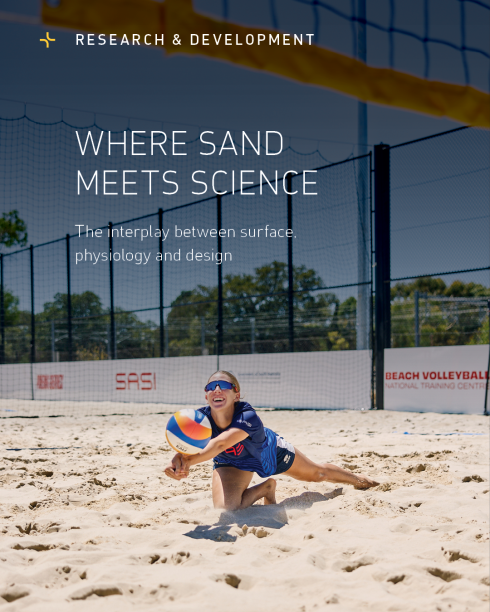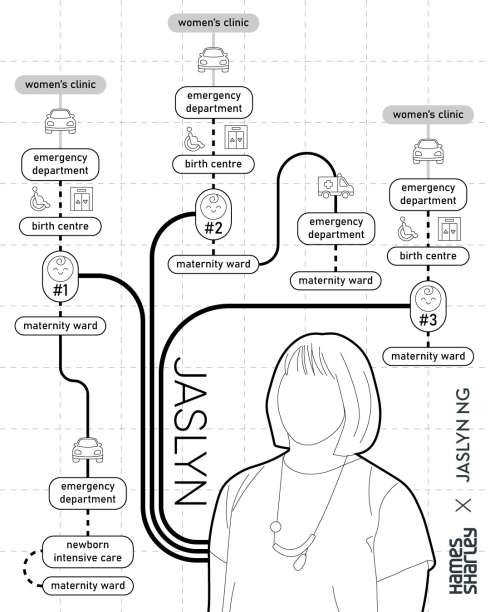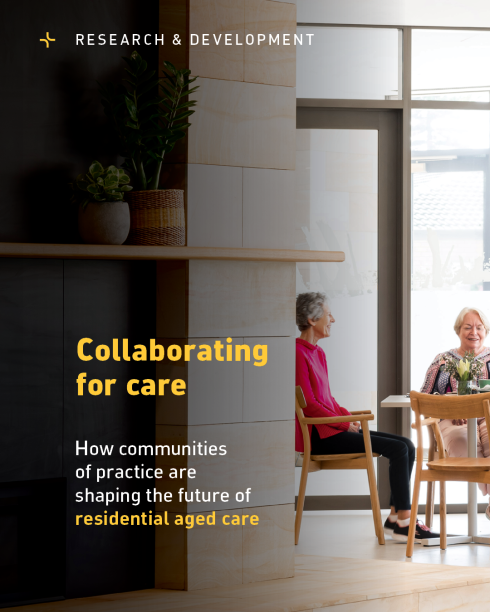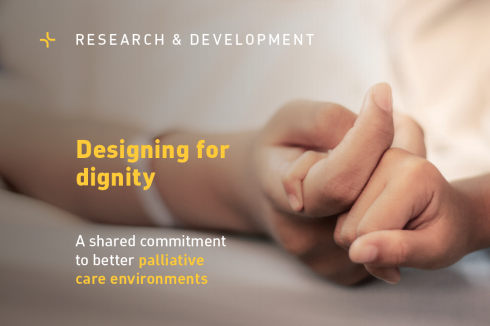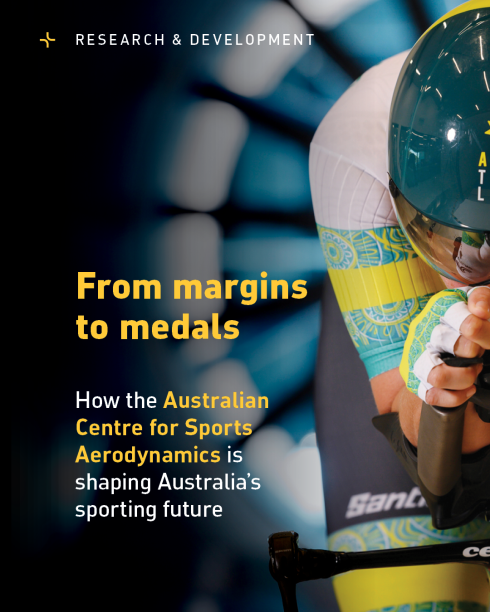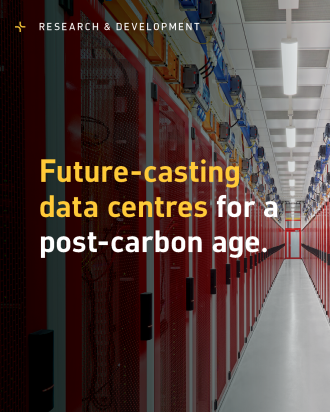
Rethinking ICU environments through protocol-design symbiosis
Design is half the equation
From light and acoustics to thermal stability and spatial layout, the built environment of the intensive care unit (ICU) can shape patient experience, staff wellbeing, and even recovery outcomes. Yet our most recent study offers a sobering insight: even in well-designed ICU rooms, environmental conditions often fail to support sleep, one of the most basic physiological needs.
